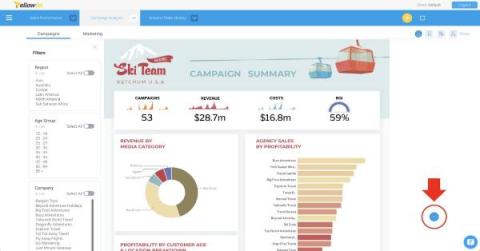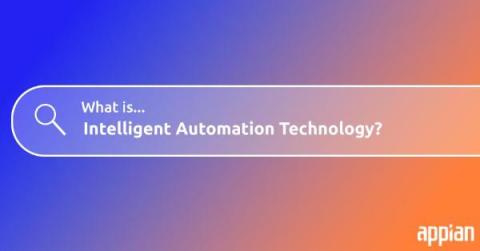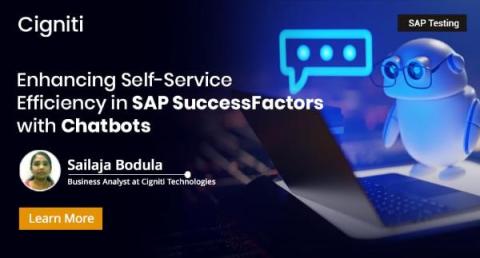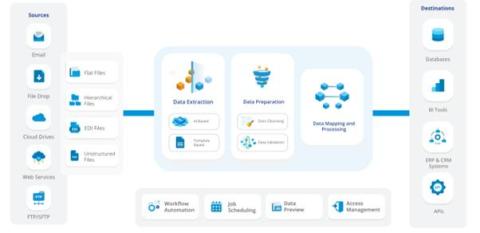Confluent Cloud for Apache Flink Is Now Generally Available
Last year, we announced our plan to build a cloud-native Apache Flink® service to meet the growing demand for scalable and efficient stream processing solutions in the cloud. Today, we're thrilled to announce the general availability of Confluent Cloud for Apache Flink across all three major clouds. This means that you can now experience Apache Kafka® and Flink as a unified, enterprise-grade platform to connect and process your data in real time, wherever you need it.











